- News
- Cécile McLorin Salvant: Jazz Singer and Visual Artist
Cécile McLorin Salvant: Jazz Singer and Visual Artist
By Katherine Neil
“It’s a lot easier for me to draw and paint than it is for me to write a song. […] I feel like I have ideas all the time for paintings and drawings and little characters and scenes…I think it’s because I have less pressure. I almost approach it [drawing and painting] like a child. It’s just instinctive.”
– Cécile McLorin Salvant (from Billboard’s Soul Sisters Podcast, 2016)
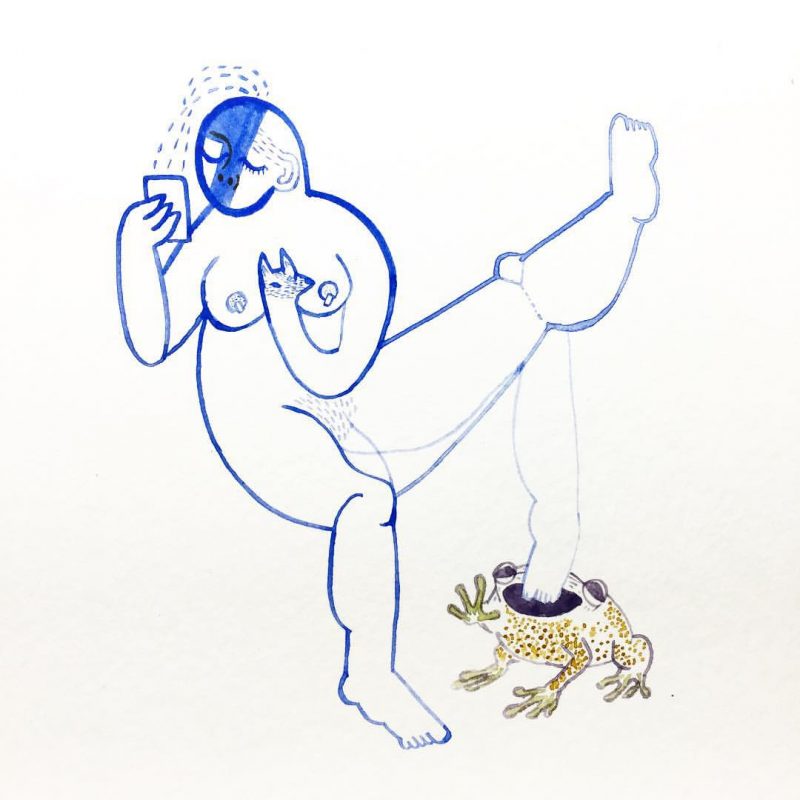

Drawings by Cécile McLorin Salvant courtesy of http://sophievignoles.tumblr.com/
Many of the artists who play the Chan Centre are multi-talented. For example, Youssou N’Dour is also a prominent activist, and Dee Dee Bridgewater has been recognized for her acting as well as her music. Likewise, Cécile McLorin Salvant—at just 26 years old—is a talented visual artists as well as an accomplished jazz singer. Leading up to her hotly anticipated follow-up performance on Sunday May 1, we want to share with you some of her incredible illustrations.
“I had the good fortune of being [raised] in a house where everyone had some type of visual-art talent. My dad sketches really well, even though he doesn’t do it that often now. My mother does oil painting and carpentry. My sister sculpts. [My mother and sister] sew and design clothes. They’re always doing something with their hands: embroidery, crochet, everything.” (from Dig Deep: An Interview With Cécile McLorin Salvant by Brittany Spanos for Rookie Mag)
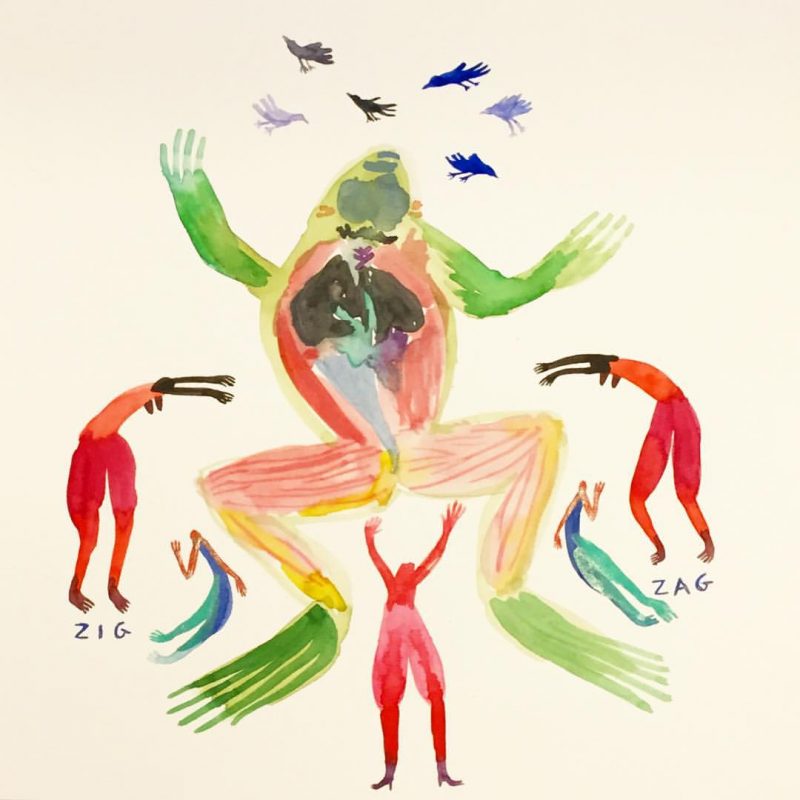
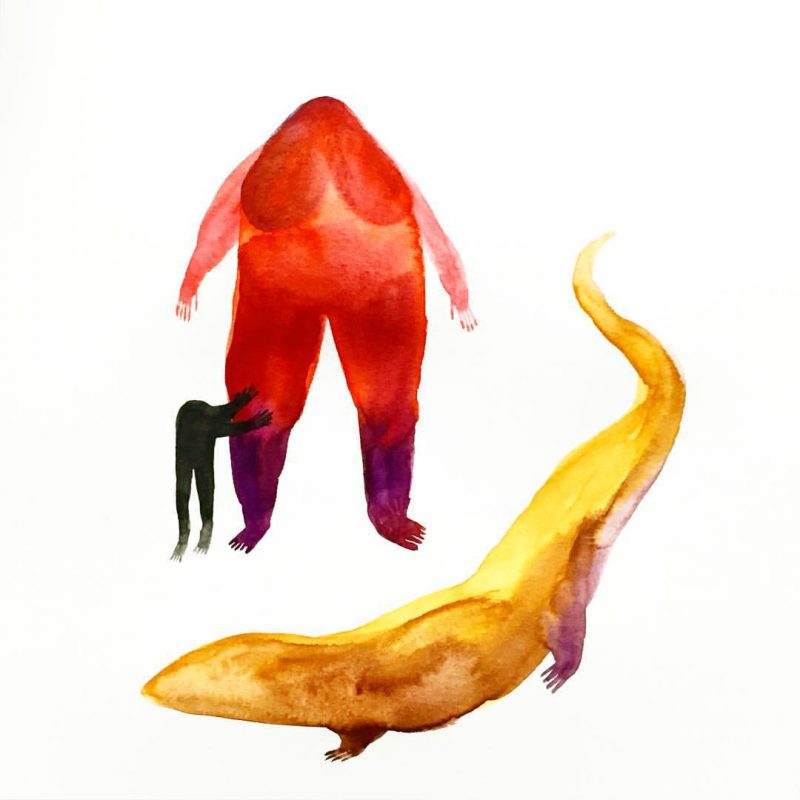
“While on tour, I realized that there’s a lot of waiting time. You spend maybe an hour-and-a-half singing and doing what you love, but the rest of the time is waiting. Even though it’s exciting to travel, it can get boring. You have to fill up that time. I started drawing again while I was in Japan…It is now a major part of my day.”
(from Dig Deep: An Interview With Cécile McLorin Salvant by Brittany Spanos for Rookie Mag)
“When I’m not sleeping on the bus I like to draw.”
(from Notes From The Road (Reflection) by Cécile McLorin Salvant on the Jazz at Lincoln Center blog)

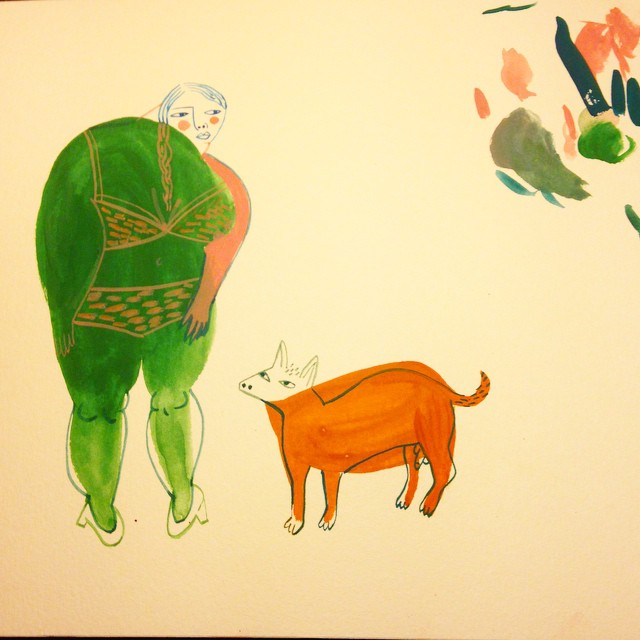
Cécile McLorin Salvant’s drawings emphasize shape and line and colour, and are in this way reminiscent of the eminent Henri Matisse’s work. (Pictured below, Left: Henri Matisse, Large Reclining Nude (The Pink Nude), 1935. Right: Henri Matisse, Jeune femme le visage enfoui dans les bras, 1929)
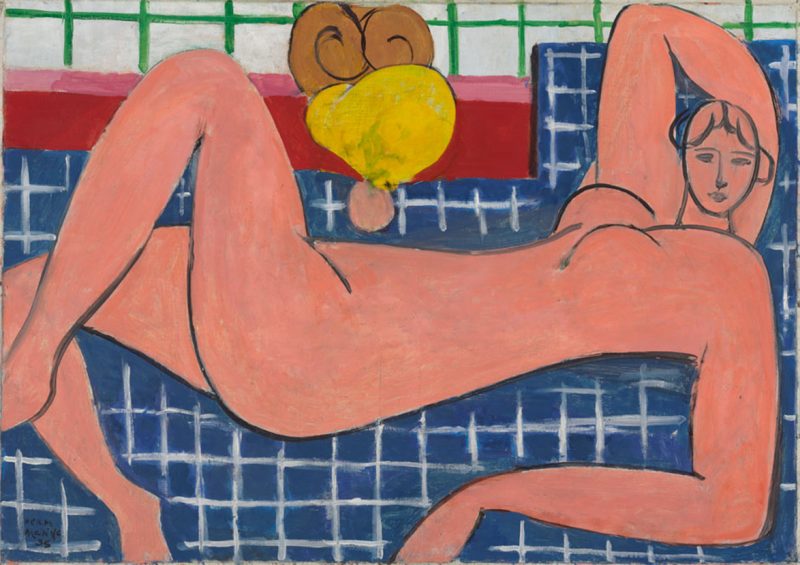

Yet it is important to note that Matisse and other artists of the modern era are criticized today for their reductive portrayals of so-called ‘exotic’ places and the people in them, for their complicity in colonialism via their illustration of the colonialist perspective. The legacy of colonialism and modernist period of art production is one that contemporary artists like Kara Walker (mentioned in relation to Salvant’s jazz practice in the quote below) tackle head-on. (Pictured below, Kara Walker, Grub for Sharks: A Concession to the Negro Populace, 2004)
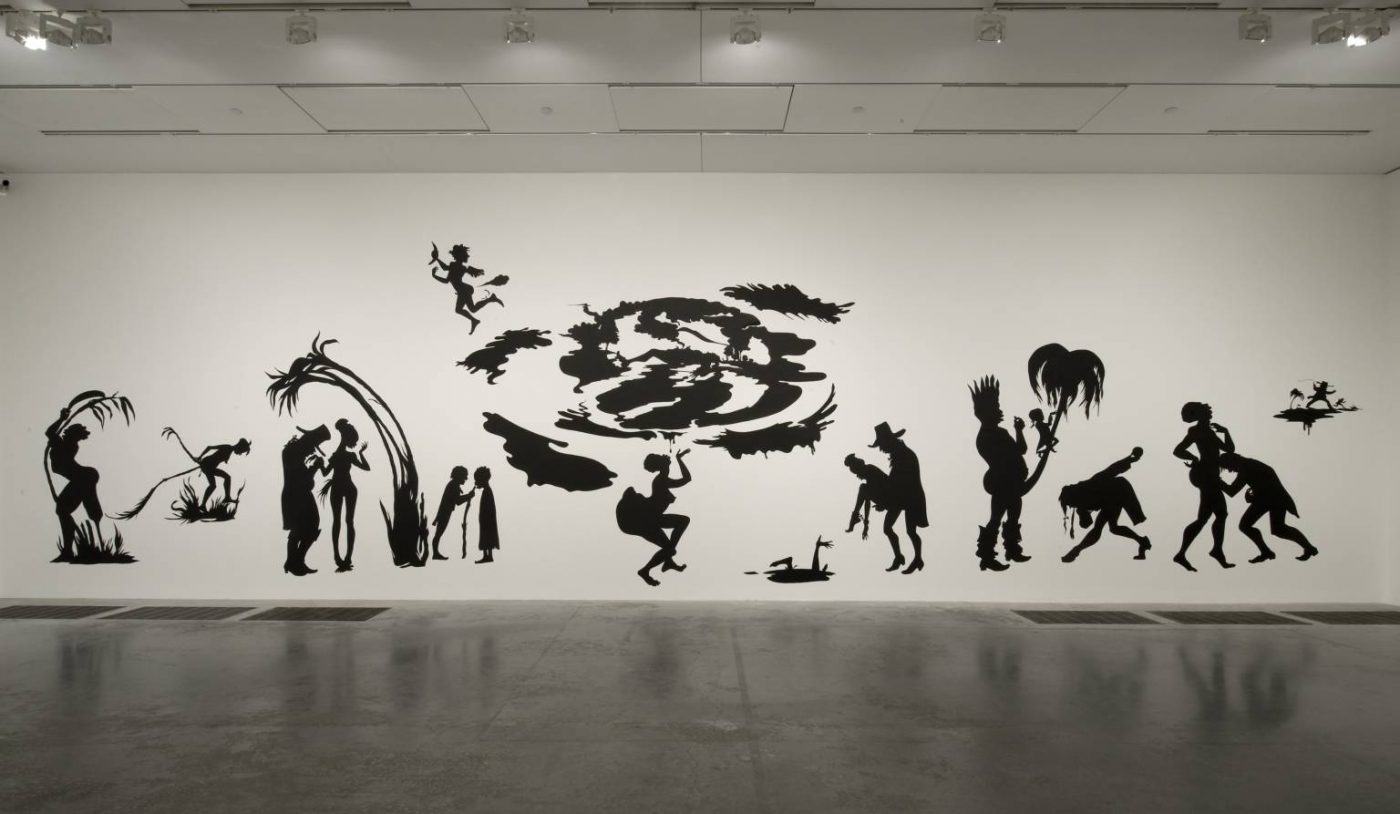
“For reasons of temperament and scholarship [Salvant] is drawn to the rougher waters of prewar black music. In her repertory is ‘(You Bring Out) the Savage in Me,’ a 1934 song by [Valaida] Snow. […] ‘Savage,’ for example, ‘is so racist and perfect and hilarious,’ Ms. Salvant explained. ‘It’s like the whole Josephine Baker banana thing, but even more out there.’ (She was talking about Baker’s ‘Danse Sauvage,’ performed in her banana-ringed skirt.) It’s also, through the set piece she makes of it, a way of creating beauty without soft-pedaling whatever hurts about the source material. And that is instant, self-conscious, critical [post]modernism, an artist’s reflection on race and power relations and American archetypes, the kind of thing that runs from Snow and Baker and Louis Armstrong through visual artists like Kara Walker and Glenn Ligon.” (from A Young Vocalist Tweaks Expectations by Ben Ratliff for the New York Times)
“There’s something about the fact that it makes people uncomfortable. Like I was listening to this song. It used to be a slave song…I found out that it was originally a slave song that slaves would sing amongst themselves, and that the moral of it was ‘actually, you should run, because you’re in danger, so hurry up.’ And I was listening to it with a friend and he said ‘Oh, this is making me so uncomfortable—I don’t want to hear this,’ and I liked that! There’s something about that that I like. […] I think that it’s really important to, of course honor our history, and how beautiful and amazing it is, but also to emphasize some nastiness that we have had in the past because it definitely shows up today. It’s not like we’re a, you know, kumbaya country. I think it’s important to feel uncomfortable…and to maybe laugh at it too: to say, ‘Wow, I can’t believe that this was on the radio…’” (from the Soul Sisters Podcast)

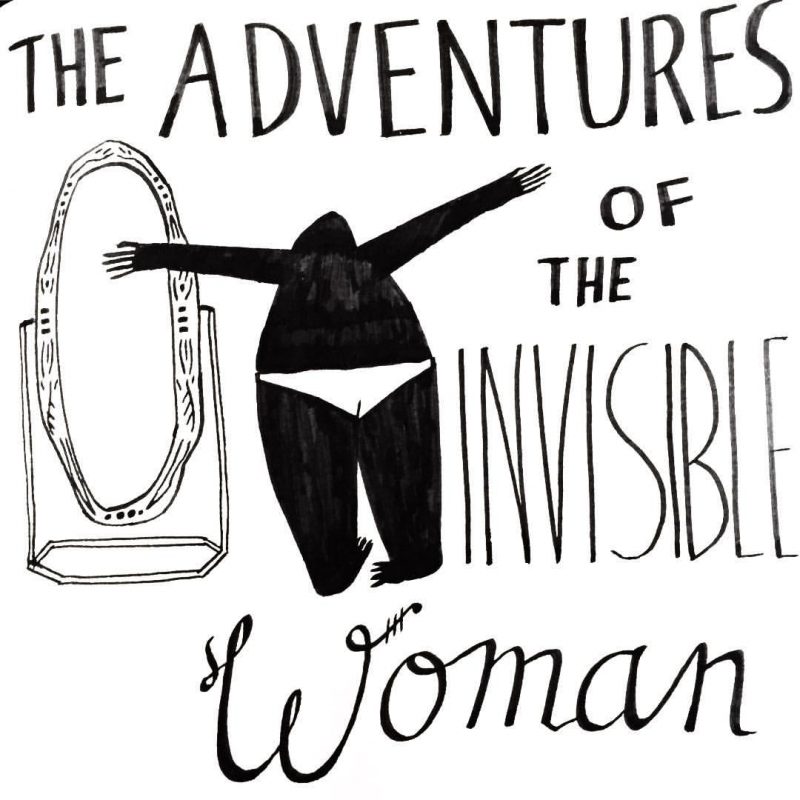
Though Salvant’s visual work may be less overtly political in tone than Walker’s, her depiction of women, women of colour, and what the fashion industry might term “plus size” bodies makes a powerful and beautiful statement. The two images above particularly speak to the experience of being woman—and woman of colour—in a context as yet tinged by a modernist universalism that attempts to erase difference. As Salvant states in an interview for Billboard’s Soul Sisters Podcast (2016), “[a]s a woman, if you are making art then that is already a feminist statement in and of itself. Even if you are maybe doing things that would not be considered ‘feminist’…the action, the intention, of even just creating art, I think, is a feminist act.”
Cécile McLorin Salvant performs at the Chan Centre for the Performing Arts at UBC on Sunday May 1, 2016 at 7pm.
About the author:
Katherine Neil is a student in the Art History Diploma Program at the University of British Columbia, as well as the Marketing & Communications Assistant at the Chan Centre for the Performing Arts.



